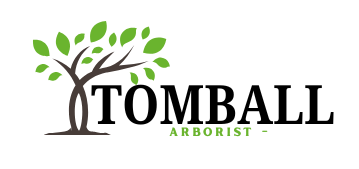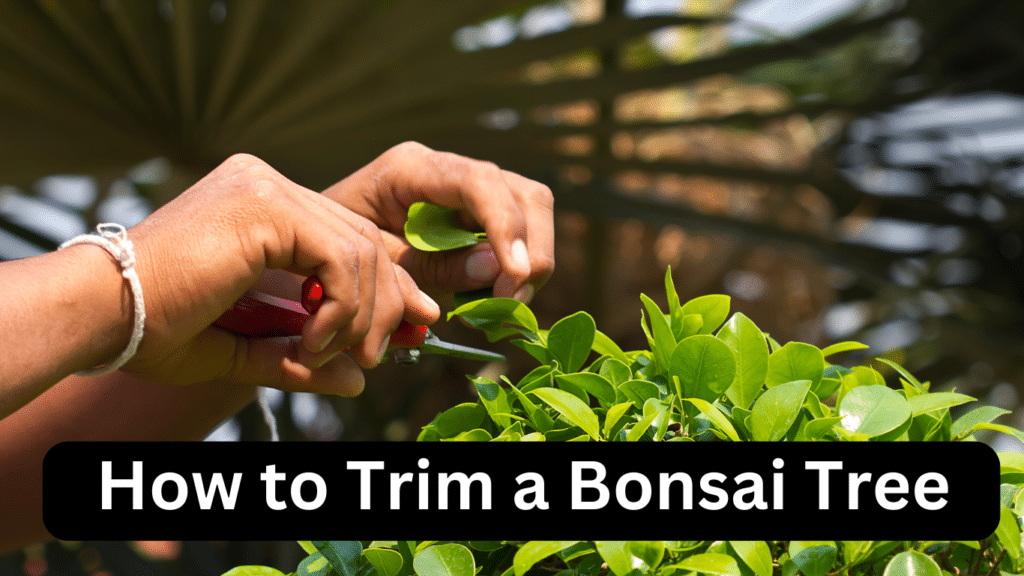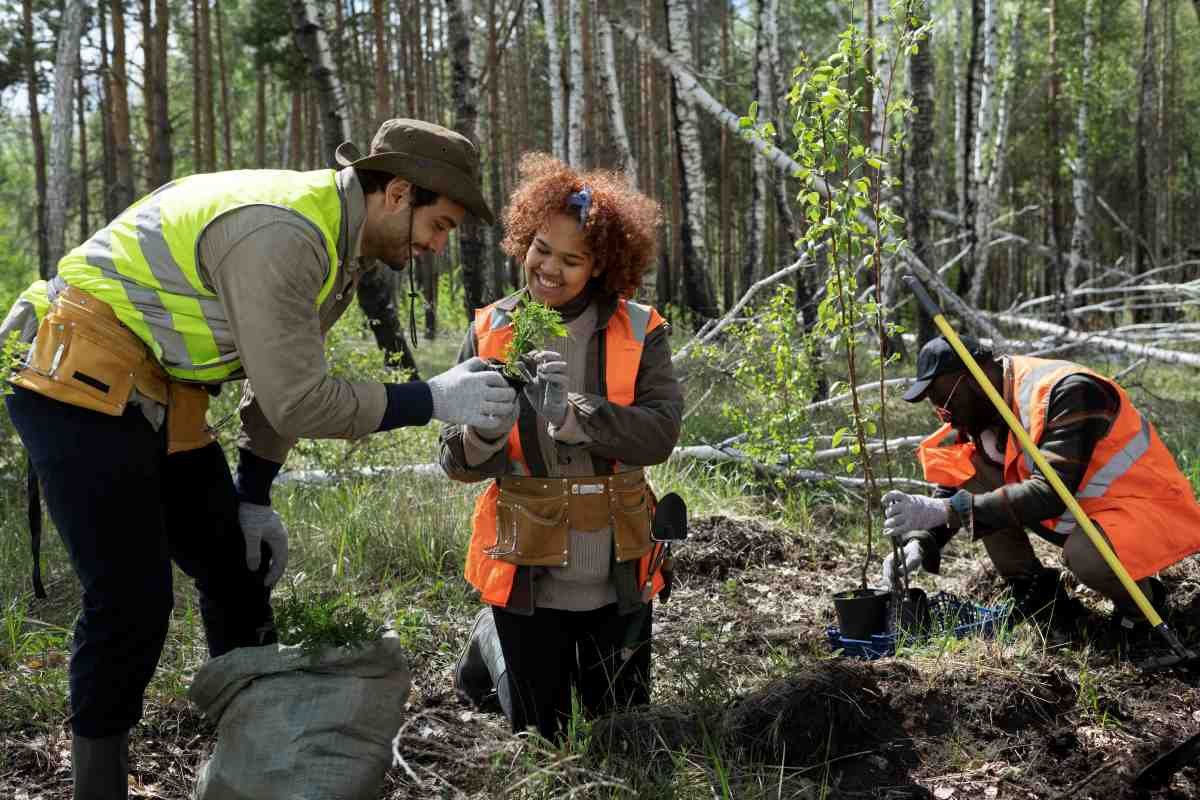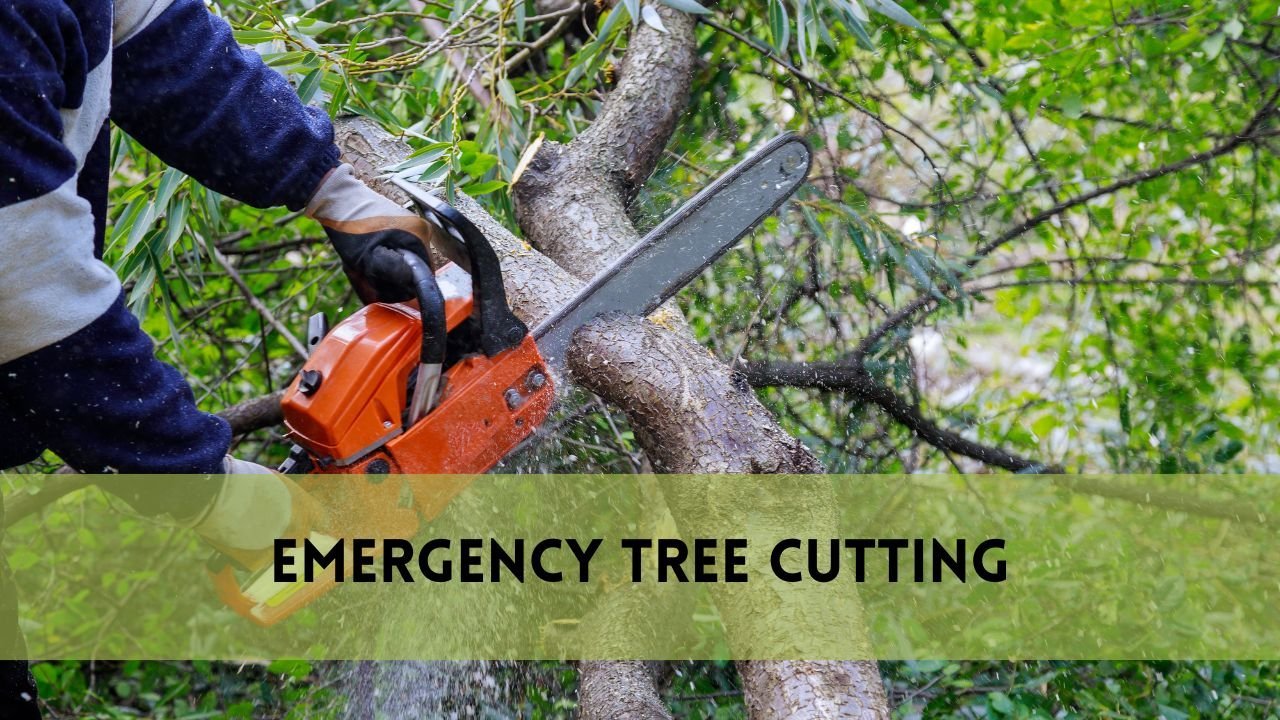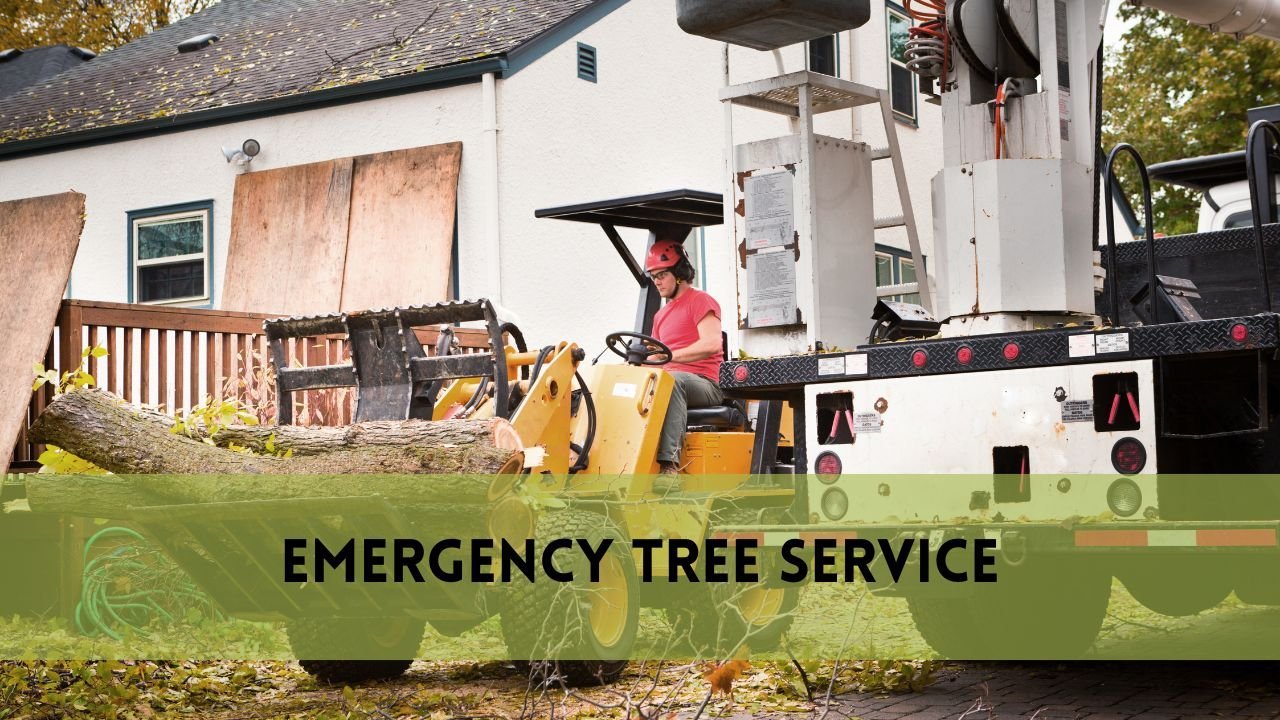Trimming a bonsai tree is an artful practice that involves shaping and maintaining the tree’s miniature form. This meticulous process requires patience and dedication, but witnessing your bonsai thrive and transform over time is immensely rewarding. In this comprehensive guide, we’ll walk you through the essential steps of trimming your bonsai tree, using the right tools and techniques, and ensuring its overall health and shape.
Determine the Desired Shape
Before you start trimming, take a moment to visualize the shape you want your bonsai tree to embody. Popular bonsai shapes include formal upright, informal upright, slanting, and cascade. Each shape conveys a unique aesthetic and symbolism. The formal upright shape is recommended for beginners as it is relatively straightforward to achieve. Once you have a clear idea, it will guide you in deciding which branches to trim and which ones to retain.
Use the Right Tools
The right tools for the job is crucial for successful bonsai tree trimming. Depending on the branch thickness and the tree’s type (deciduous or evergreen), you’ll need bonsai branch cutters, twig shears, or normal cutters. The branch cutters are ideal for removing thicker branches, while twig shears are perfect for delicate trimming. For deciduous trees, make smaller cuts by trimming the branch above a node to encourage branching. On the other hand, for evergreens, remove new shoots to the point of another outward-facing branch to maintain balance.
Target the Trimming for Shaping Purposes
To achieve the desired shape, focus on pinching off or trimming the ends of branches. This method encourages the tree to curve and grow in your desired direction. Selectively removing excess growth can guide the tree’s development and create an aesthetically pleasing silhouette.
Prune Large Branches
Establishing the basic shape of your bonsai tree often involves pruning larger branches. This can be challenging, as you must decide which branches should stay and which need to be removed. Refer to the Progressions section in reputable bonsai resources to gain insights into different pruning techniques and learn from experienced practitioners.
Timing of Trimming
Timing plays a crucial role in the success of bonsai tree trimming. Most trimming should be done during the active growing season, spring and summer. During this period, the tree actively produces new growth, making it more responsive to pruning. For outdoor bonsai, follow the seasonal cycle, while indoor plants can be pruned year-round.
Maintain the Shape and Health
Trimming is about achieving the desired shape and maintaining the health of your bonsai tree. Regular pruning promotes balanced growth and prevents certain branches from overpowering others. This helps develop lush and dense foliage, enhancing the overall aesthetics of the tree.
Patience and Persistence
Bonsai tree trimming is a process that unfolds over years, not months. As a beginner, remember that creating a masterpiece takes time and dedication. Observe your tree’s response to pruning, adjust your techniques, and be patient as your bonsai tree evolves into a living work of art.
Frequently Asked Questions
What tools are needed to trim a bonsai tree?
To effectively trim a bonsai tree, you’ll need the right tools to ensure precise and delicate work. Here are the essential tools you’ll need:
Bonsai Branch Cutters: These are heavy-duty cutters designed to remove thicker branches without damaging the tree. They have a sharp cutting edge that enables clean cuts, promoting faster healing.
Twig Shears: Twig shears are smaller and more delicate than branch cutters. They are perfect for trimming thin branches, shoots, and leaves with precision.
Normal Cutters: Regular gardening shears or scissors can be used for light trimming tasks. They are suitable for fine-tuning the shape and maintaining the bonsai’s delicate details.
Remember to invest in high-quality tools, as they ensure smoother and safer trimming, preserving the health and beauty of your bonsai tree.
When is the best time to trim a bonsai tree?
The timing of trimming is crucial for the well-being of your bonsai tree. The best time to trim depends on the type of bonsai and whether it is an indoor or outdoor tree:
Outdoor Bonsai: The most suitable time to trim outdoor bonsai trees is during the active growing season, which typically falls in the spring and summer. Trimming during this period allows the tree to recover quickly and encourages new growth.
Indoor Bonsai: For indoor bonsai, you can perform trimming year-round. However, avoid trimming during dormancy periods, as the tree’s growth is minimal.
Always ensure the tree is healthy and vigorous before trimming, as it helps it recover faster and reduces stress on its overall health.
How to decide which branches to trim on a bonsai tree?
Deciding which branches to trim is crucial in shaping your bonsai tree. Here’s a step-by-step process to help you make the right decisions:
Visualize the Desired Shape: Before trimming, envision the shape you want your bonsai tree to take. This will guide you in selecting the branches contributing to the desired silhouette.
Consider the Tree’s Health: Identify any dead, diseased, or damaged branches that need removal for the tree’s well-being.
Look for Crossing Branches: Crossing branches can lead to rubbing and damage. Remove the weaker or less aesthetically pleasing branch to retain the stronger one.
Assess Branch Proportions: Aim for balanced proportions in your tree’s structure. Trim branches that disrupt the overall balance.
Embrace the Art of Imperfection: Bonsai trees often reflect nature’s imperfections. Don’t strive for absolute symmetry; instead, focus on creating a harmonious and natural appearance.
How do you prune a bonsai tree for beginners?
Pruning a bonsai tree can be intimidating for beginners, but with these simple steps, you’ll be well on your way:
Gather the Right Tools: Assemble your bonsai branch cutters, twig shears, and normal cutters.
Observe Your Bonsai: Take the time to observe your bonsai tree’s growth patterns and assess which areas need pruning.
Start with Dead or Diseased Branches: Remove any dead, diseased, or damaged branches to promote overall tree health.
Trim for Shape: Use pinching off or trimming at the ends to shape your bonsai tree. Be patient and make gradual adjustments to achieve the desired form.
Step Back and Evaluate: After pruning, step back and assess your tree’s new appearance. This will help you identify any additional adjustments needed for a balanced and aesthetically pleasing result.
Remember, practice makes perfect, and as you gain experience, you’ll become more confident in pruning your bonsai tree.
Can I prune my bonsai with scissors?
Yes, you can use scissors for pruning your bonsai tree, but using the right type of scissors is essential. Bonsai scissors, also known as leaf-trimming scissors, are designed for precision work on small branches, leaves, and shoots. These scissors have a slender and sharp design, enabling you to make accurate cuts without damaging the surrounding foliage.
For heavier pruning, it’s advisable to use bonsai branch cutters, as regular scissors may not be strong enough to handle thicker branches. Always opt for specialized bonsai tools to ensure your tree’s health and longevity.
Conclusion
Trimming a bonsai tree is an enriching journey that fosters a deep connection with nature and cultivates your artistic skills. By following the steps outlined in this guide and being patient with your tree’s growth, you’ll nurture a beautiful bonsai that brings you joy and tranquillity for years to come. Remember, each snip of the scissors shapes not only the tree but also your own appreciation for the art of bonsai. Happy trimming.
